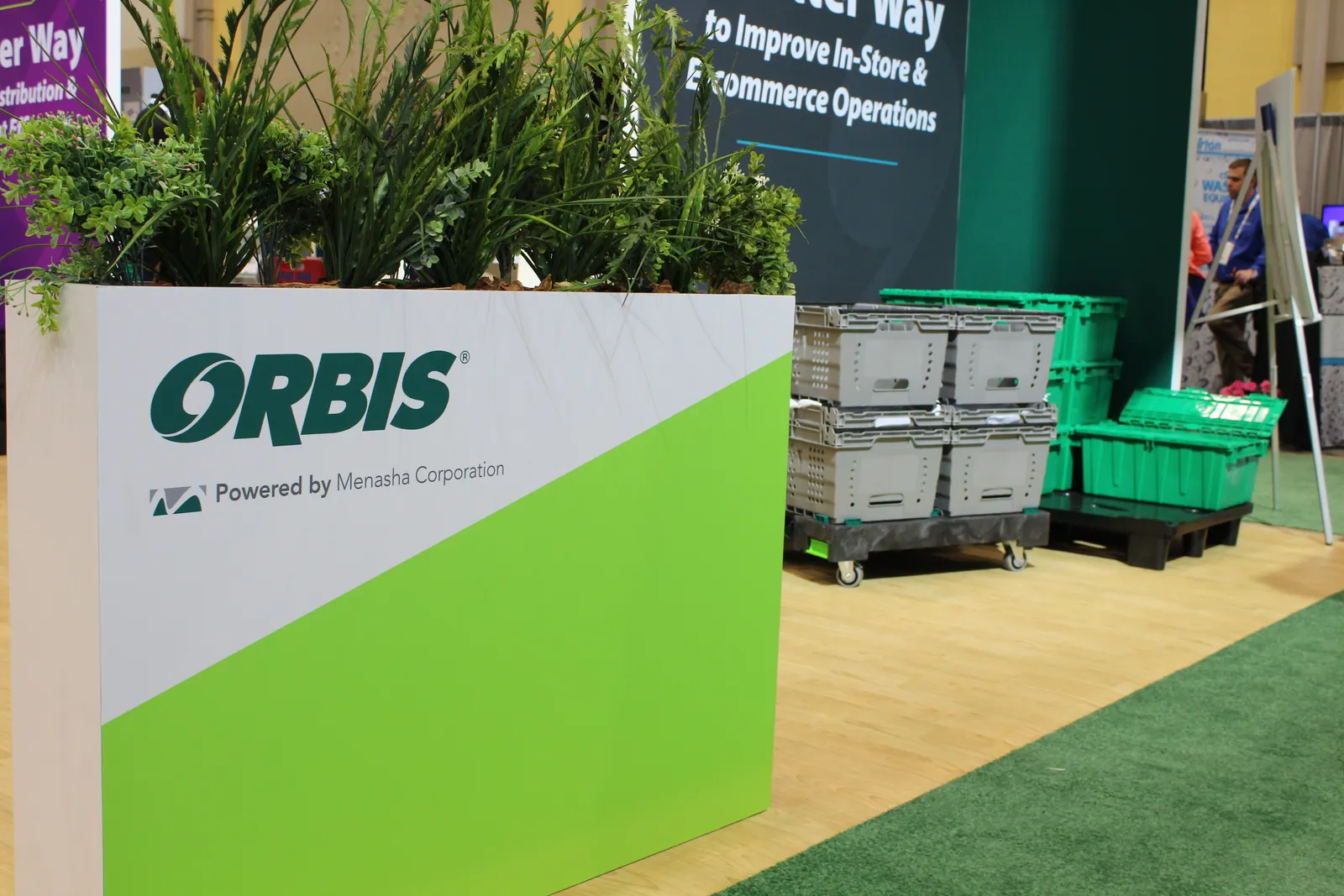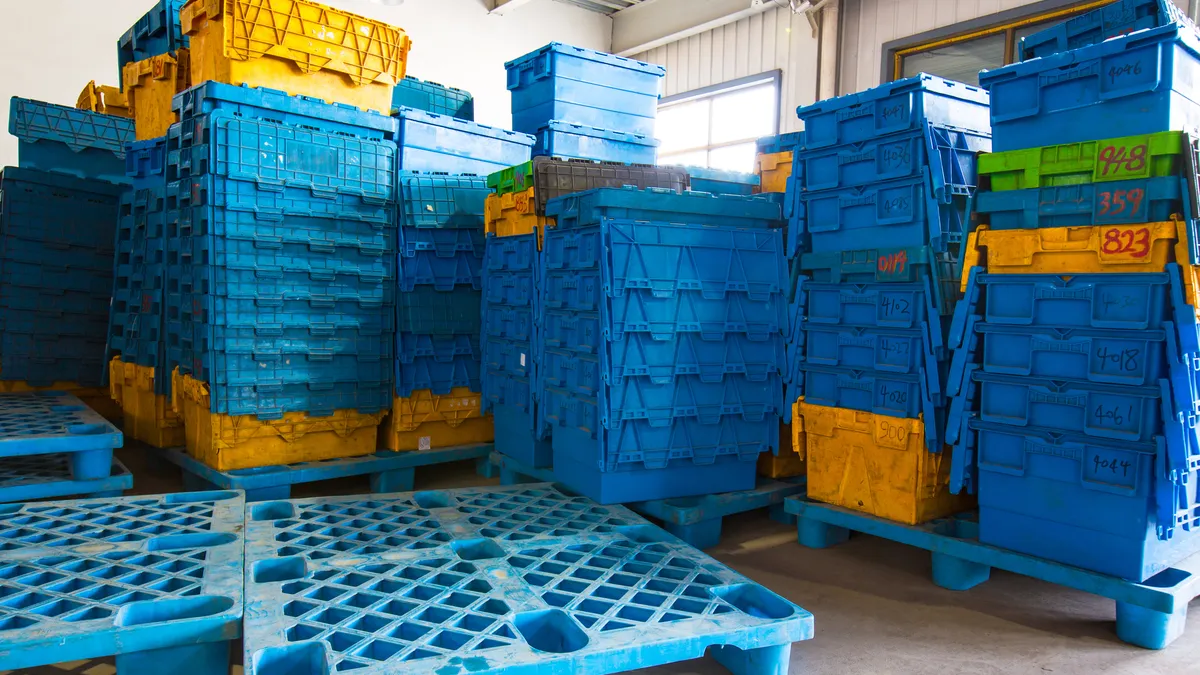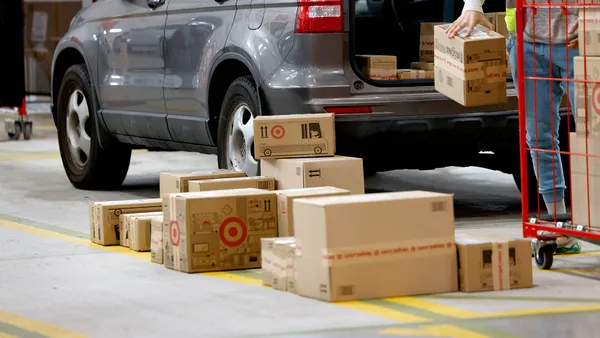Reusable transport packaging systems can help companies progress in their sustainability initiatives, especially as packaging regulations like extended producer responsibility policies increase in number and reporting requirements take on heightened significance.
But there’s also a strong cost-saving case to be made for adopting reusables, and companies should strike a balance between the two in their messaging, according to speakers during an educational session at Pack Expo International on Nov. 4.
“Love them or hate them, regulations are here to stay,” said Jessica Bonsall, ESG director at pallet management company 48forty Solutions.
In light of that, "we have to look at the financial piece as well as those aspects around environmental issues," said Karin Witton, global head of sustainability at Tosca, an Atlanta-based company providing crates, pallets, bulk containers and other large-format plastic reusables. Corporate sustainability reporting regulations are "bringing double materiality into play," meaning that a company's actions impact both the environment and its own finances.

Speakers echoed a message voiced elsewhere at the convention that too much focus has been placed on recycling, and not enough on reuse. Shifting those dynamics and prioritizing reuse bears both sustainability and financial benefits, they said.
“Recycling is not free. That also will tip the balance towards reusables,” Witton said, explaining that the cost of reusables lessens with each subsequent use.
And reusable systems offer better operational efficiency, which also affects a company’s bottom line, speakers said while detailing these systems’ undervalued benefits. Speakers suggested the argument that sustainability comes at too high a cost is less relevant than in the past.
“The financial argument [for reusables] is compelling now. There is no longer a concern that you can't get over that hump,” said Patrick Owens, chief sustainability officer at supply chain material management company Marrad.

Making the double materiality case to customers might require a mindset shift, though.
“Most people speak the language of things: They can talk about their products,” Owens said. “But if you can actually learn to speak the language of money and how your solution can save money, both real and in carbon emissions, there's really no reason you shouldn't be successful in almost all your customer engagement.”
Many sustainability professionals at large companies who Owens connected with have expressed that their biggest challenge is budget. But they need to understand that “there is budget available” and sustainability initiatives shouldn’t be viewed simply as an added expense. Rather, “if they just shift their paradigm and think of it as an asset, there's a ton of upside potential they can apply to become more circular without having to go search for new budget funds,” he said.
One cost-saving strategy is pooling, in which one company serves as a services hub for collecting, sanitizing, repairing and redistributing reusable pallets, crates or totes.

“That, again, reduces that [carbon] footprint, because now five companies having it, they can all use one company's solution,” Witton said. “And if your companies are starting to look at net zero and putting a cost around carbon tax ... then your costs definitely come down.”
With all of this in mind, companies should leverage advanced data tracking and analysis tools to better understand sustainability and cost metrics, speakers suggested. Being able to manage data efficiently will become even more essential as additional regulations are implemented.
















